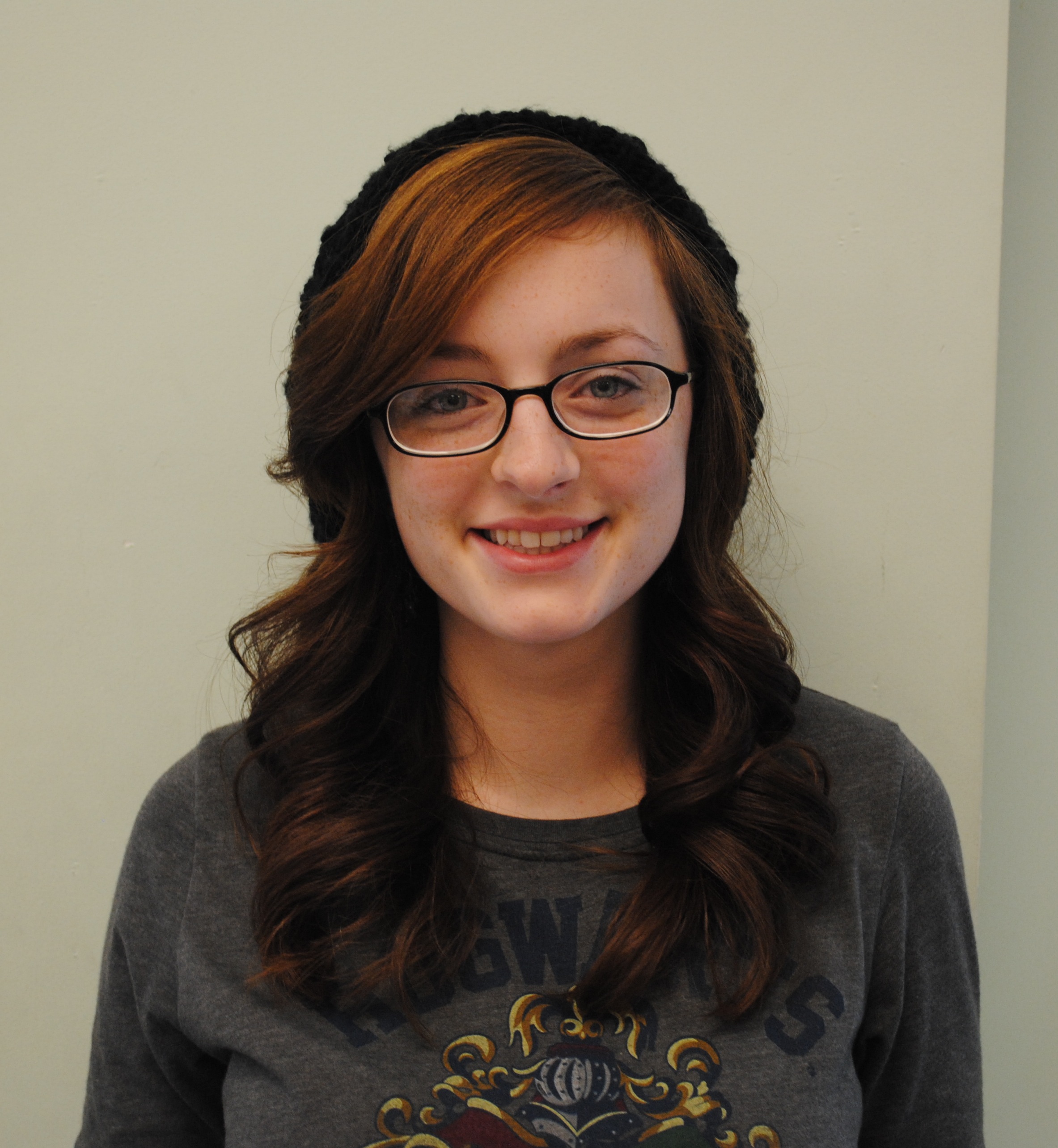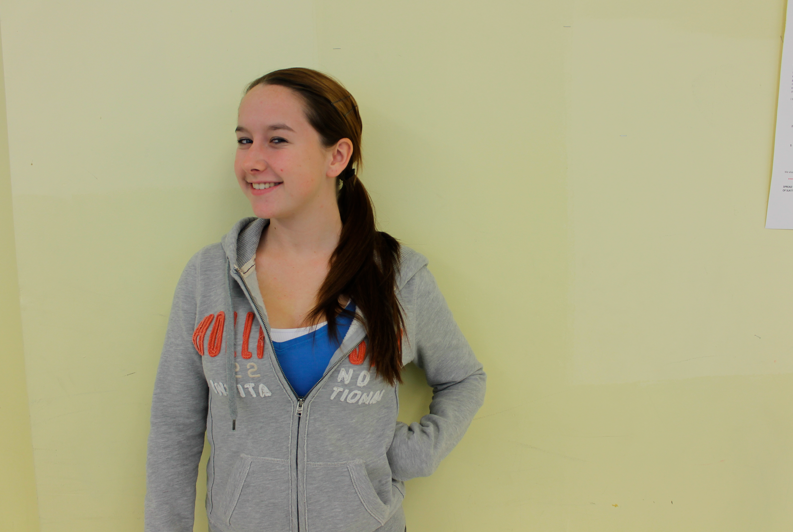
Caption
Junior Taylor Thomas, "I remember Mr.Lehmann was interviewing me and I was super scared because I was this little thing about to go into high school."
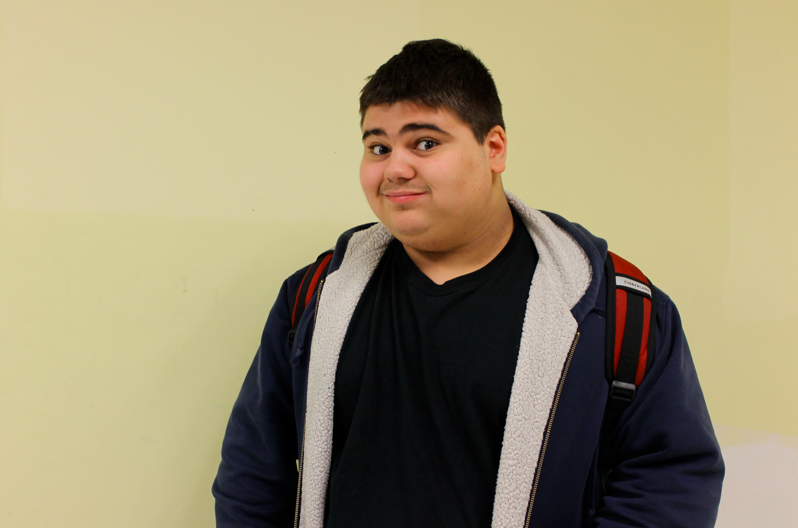
Caption
Junior Joe Tartaglia "I enjoyed [being interviewed] very much, it was pretty chill."
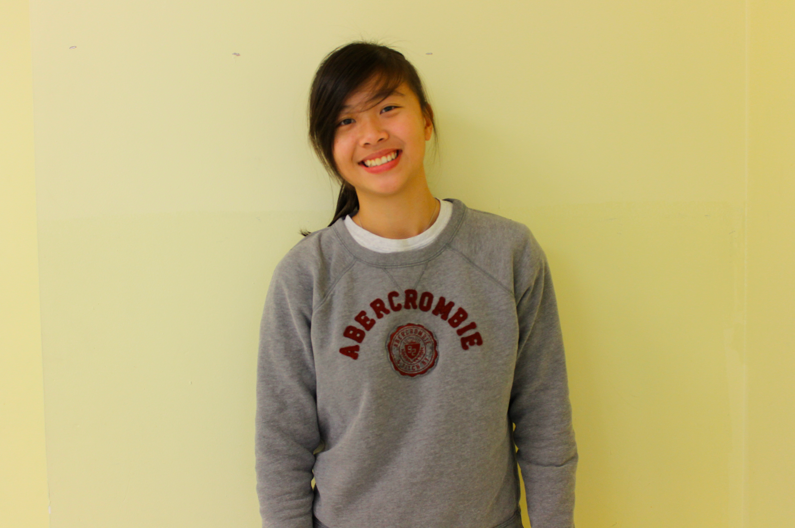
Caption
Sophomore Amy Chen "I was interviewed by Ms.Dunda and Jeff Kessler and I was so nervous I kept stuttering. Although, after a while I knew it was going well."

Caption
Junior Octavius Collins " Mr.Lehman was interviewing me so I was a little more scared than I would have been if it were someone else. Except I knew since him being the principal, that it was a better opportunity."
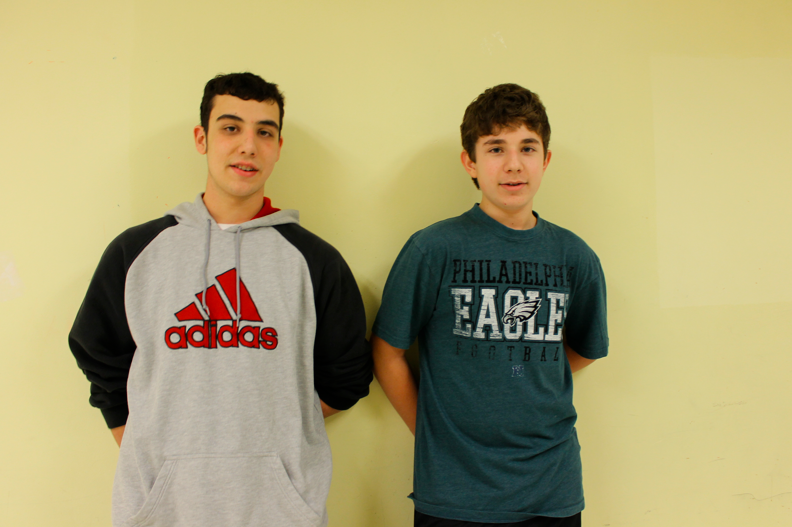
Caption
Freshmen Jamie Turner (left) "I was interviewed by Mr. Latimer and I was kind of nervous, but I knew I was doing fine."
Freshmen Jesse Shooter (right) "I was deffinatly nervous, but I felt welcomed."
Click the “caption” button to see what they said!
Photos by Isabela Supovitz-Aznar and interviews by Jamie Murphy.
